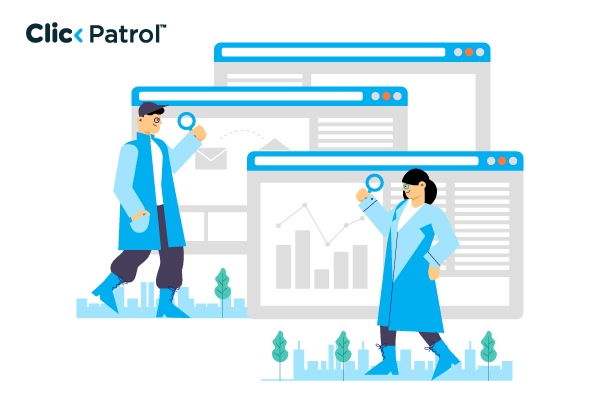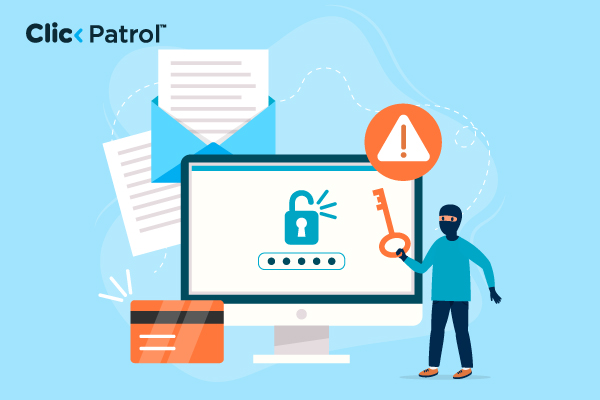A distributed network of compromised consumer devices that secretly loads ads and simulates engagement, inflating costs and corrupting performance data.
Ghost click farms are silently draining enterprise ad budgets
Abisola Tanzako | Nov 10, 2025

Table of Contents
Source report: TechRadar Pro, November 8, 2025.
TechRadar Pro reports a surge in “ghost click farms,” where malicious apps quietly turn real users’ phones into distributed fraud nodes. Researchers recently uncovered SlopAds, a scheme that hijacked about 38 million Android devices across 224 apps, generating up to 2.3 billion ad bid requests per day. This activity inflates auction prices, poisons performance data, and wastes significant media spend.
What makes ghost click farms different
- Real devices, invisible activity: Instead of rooms full of phones, attackers commandeer everyday users’ devices to run hidden WebViews and simulate engagement at scale.
- Targeted activation: The malicious code often “wakes up” only on certain campaigns or placements, avoiding basic anomaly rules and platform filters.
- AI-assisted realism: Fraudsters leverage automation and obfuscation to mimic genuine browsing and clicking patterns, making standard IP or UA rules ineffective.
Why this matters to your PPC and programmatic buying
- Higher CPC and CPM: Fake “demand” pushes up auction prices.
- Skewed optimization: Algorithms learn from tainted signals, diverting budget to low-quality inventory.
- Attribution noise: Fake pre-click and post-click events break incrementality analysis and ML bidding.
Immediate actions to reduce exposure
- Inspect sudden spikes in impressions, bid requests, or CTR that lack matching conversions or quality metrics.
- Tighten placement controls and exclude suspicious app bundles, site lists, and regions with abnormal traffic patterns.
- Use behavior-level detection (session quality, dwell time distributions, fingerprint entropy) alongside IP and UA checks.
- Treat ad fraud as a security issue: Coordinate marketing, IT, and incident response; retest after takedowns since copycats reemerge.
How ClickPatrol helps
ClickPatrol aligns to this threat with three pillars:
- DataProtector: Surfaces device-level anomalies and bot-like session patterns in real time, not just IP blocks, to keep bidding signals clean.
- FormProtector: Filters automated sign-ups and lead spam so downstream metrics and CR aren’t polluted by non-human activity.
- AdProtector: Actively curbs invalid clicks across search and display by combining behavioral scoring with placement intelligence.
Together these controls lower wasted spend, stabilize CPA, and restore trustworthy optimization signals for your ad stack.
Frequently Asked Questions
-
What is a ghost click farm?
-
What was SlopAds?
A 2025 fraud ring built around 224 Android apps with roughly 38 million installs that drove up to 2.3 billion ad bid requests daily before takedown actions.
-
How do I detect ghost click farm traffic?
Look for behavior anomalies, inconsistent geo and device patterns, and placements with high CTR but weak session quality. Pair this with specialized detection that goes beyond IP and user agent filtering.






